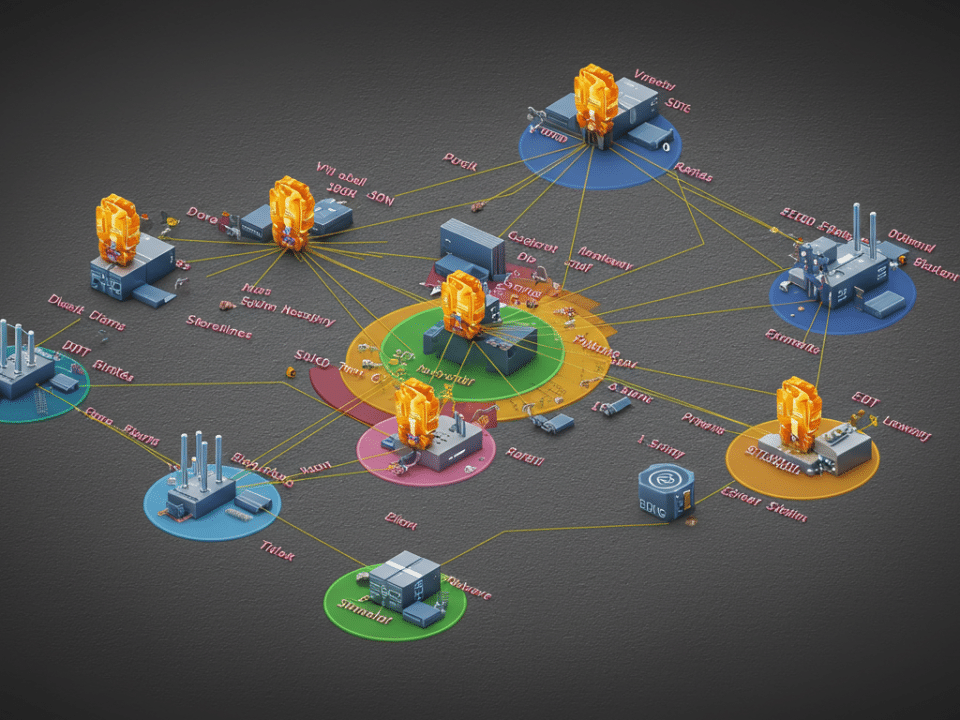
Security awareness and training: What every business needs to know
October 14, 2023
Cyber Insurance Coverage Becoming More Restrictive and Premiums Increasing: How it Affects SMBs
October 17, 2023Cloud computing has become an essential part of many organizations’ IT infrastructure. It offers a number of benefits, including scalability, flexibility, and cost savings. However, cloud computing also presents a number of security challenges.
One of the biggest challenges is the increased number of attacks on cloud-based services. In recent years, there has been a significant increase in the number of data breaches, malware infections, and other types of attacks targeting cloud-based services.
There are a number of factors that are contributing to the increase in cloud-based attacks. First, cloud-based services are often targeted because they store sensitive data, such as customer information, financial records, and intellectual property. Second, cloud-based services can be complex and difficult to secure, which makes them attractive targets for attackers. Third, the rapid adoption of cloud computing has created a new attack surface for cybercriminals.
Types of attacks on cloud-based services
There are a number of different types of attacks that can target cloud-based services. Some of the most common types of attacks include:
- Data breaches: Data breaches are one of the most serious types of cloud-based attacks. In a data breach, attackers gain unauthorized access to sensitive data stored in the cloud. Data breaches can have a devastating impact on organizations, leading to financial losses, reputational damage, and legal liability.
- Malware infections: Malware infections are another common type of cloud-based attack. In a malware infection, attackers inject malicious code into cloud-based systems. This code can then be used to steal data, disrupt operations, or launch further attacks.
- Denial-of-service (DoS) attacks: DoS attacks are designed to overwhelm cloud-based systems with traffic, making them unavailable to legitimate users. DoS attacks can have a significant financial impact on organizations, as they can cause downtime and lost productivity.
- Account hijacking: Account hijacking is a type of attack in which attackers gain unauthorized access to cloud-based accounts. Once they have access to an account, attackers can steal data, launch attacks, or make fraudulent purchases.
How to protect against cloud-based attacks
There are a number of things that organizations can do to protect themselves against cloud-based attacks. Some of the most important steps include:
- Implement strong identity and access management (IAM): IAM solutions ensure that only authorized users have access to cloud-based resources.
- Use multi-factor authentication (MFA): MFA adds an extra layer of security to cloud-based accounts by requiring users to provide two or more factors of authentication, such as a password and a one-time code.
- Encrypt data: Encrypting data at rest and in transit helps to protect it from unauthorized access in the event of a data breach.
- Implement cloud security monitoring and threat detection: Cloud security monitoring solutions can detect and respond to threats in real time.
- Use cloud security posture management (CSPM): CSPM solutions help organizations to assess and improve their cloud security posture.
Best practices for cloud security
In addition to the steps listed above, there are a number of other best practices that organizations can follow to improve their cloud security. These best practices include:
- Keep software up to date: Software updates often include security patches that can help to protect against known vulnerabilities.
- Use a zero-trust approach: A zero-trust approach assumes that no user or device can be trusted by default. This approach can help to mitigate the risk of attacks that exploit compromised credentials or devices.
- Educate employees about cloud security: Employees should be educated about the risks of cloud-based computing and how to protect themselves from attacks.
The increased number of attacks on cloud-based services is a serious concern for organizations. However, there are a number of steps that organizations can take to protect themselves against these attacks. By implementing strong security measures and best practices, organizations can reduce the risk of cloud-based attacks and protect their data and systems.
Additional tips for cloud security
- Use a cloud security provider: A cloud security provider can help organizations to implement and manage a comprehensive cloud security solution.
- Segment your cloud environment: Segmenting your cloud environment can help to contain the spread of an attack if it does occur.
- Have a plan in place for responding to cloud-based attacks: Organizations should have a plan in place for responding to cloud-based attacks quickly and
#cloudsecurity #cybersecurity #cloudattacks #cloudsecuritybestpractices #dataprotection #informationsecurity #cyberthreats




